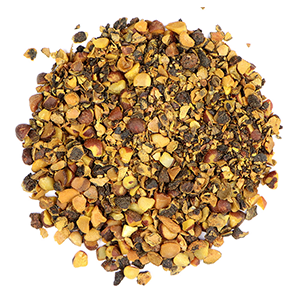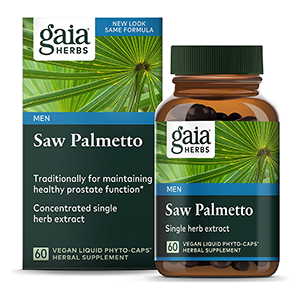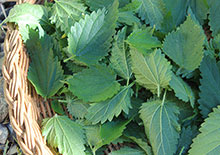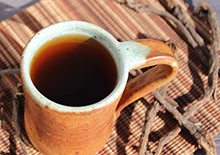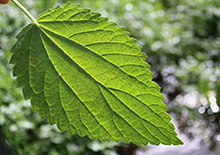- Home
- List of Herbs
- Saw Palmetto
An Up Close Look at Saw Palmetto and Its Main Use for Men
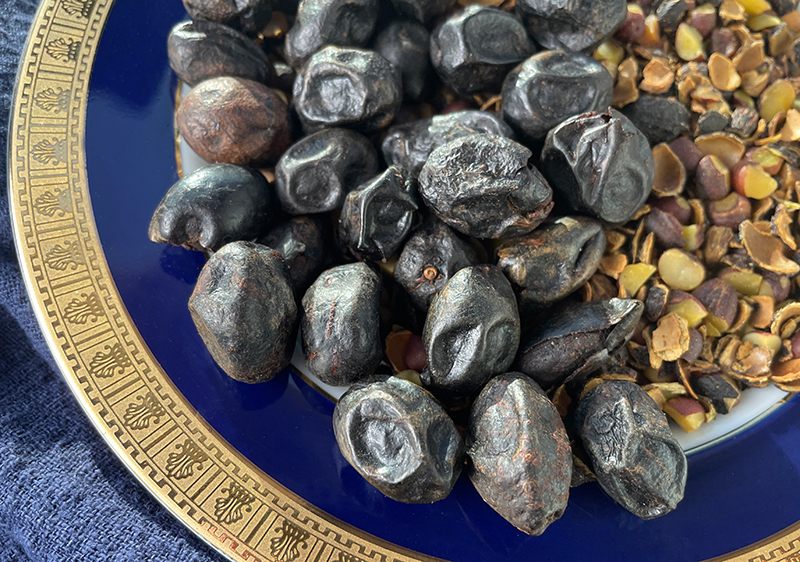
Saw palmetto is a type of dwarf fan palm that grows in subtropical sandy soils. It is prevalent in the Southeastern U.S. especially Florida where it grows in hardy dense thickets as a long-living species. A single shrub reaching an age of 500 years is not uncommon in the Mid-Florida Ridge region.
Serenoa repens (or Serenoa serrulata) gets its name "saw" due to the sharp-toothed edges of the main stalk or petiole that has a saw-like appearance.
Table of Contents
Intro | Prostate Support | Beneficial Compounds | Research | Lesser-Known Uses | Precautions | Shop
The part of the plant that has been of botanical interest to herbalists throughout the ages is the fruit. This is a single-seeded berry that ripens to a bluish-black color.
The thin skin shrivels producing an aged wrinkled look when dried and sometimes separates from the outer layer.
Known to have pungent, subtly sweet and warming energetic quality, one of the most memorable things about this "herb slash fruit" (besides the healing potential of course) is the scent and taste. Neither one of which can be described as pleasant.
The berries basically smell a bit like an old sponge with an acrid and soapy taste that is very distinct once you become familiar with it.
Tincturing
whole and crushed berries or powders, preferably from organic
high-quality suppliers, is one of our favorite preparation methods.
Concentrated hot water decoctions, extracts or tinctures can be used in herbal syrups for one
of its lesser-known uses we share below.
Teas that are made straight from the dried fruit are usually sipped on strictly for phytotherapeutic reasons, not necessarily as a tasty beverage.
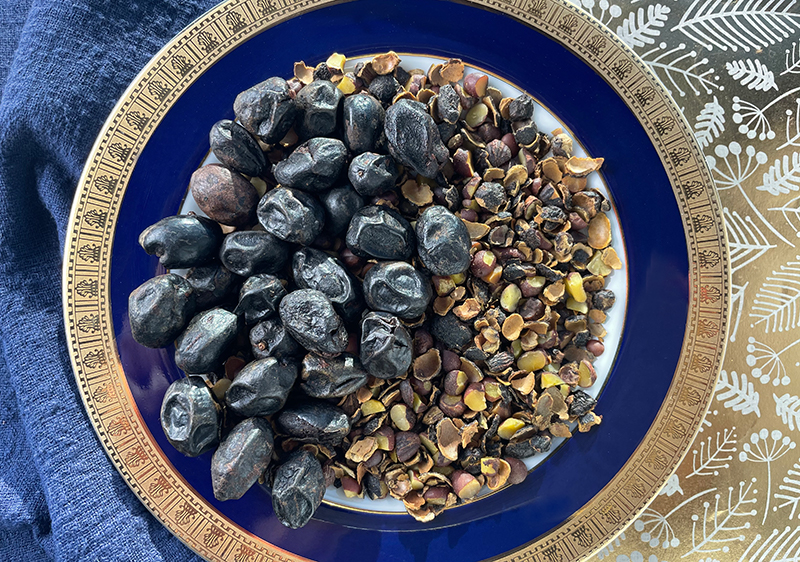
Saw Palmetto, Traditional Folk Use for Prostate Support
You can't really go far these days when discussing herbal allies for the prostate without talking about the oval large-seeded fruit of the saw palmetto species.
It is often referred to as a "male herb" because of its historical folk-tonic use for the prostate gland and male genitourinary system.
Up there with ginseng and tongkat ali, saw palmetto is one of the most commonly taken herbal supplements by middle-aged men over 50.
What are the bioactive compounds in the berries proposed to play a role in its wellness-fostering assets?
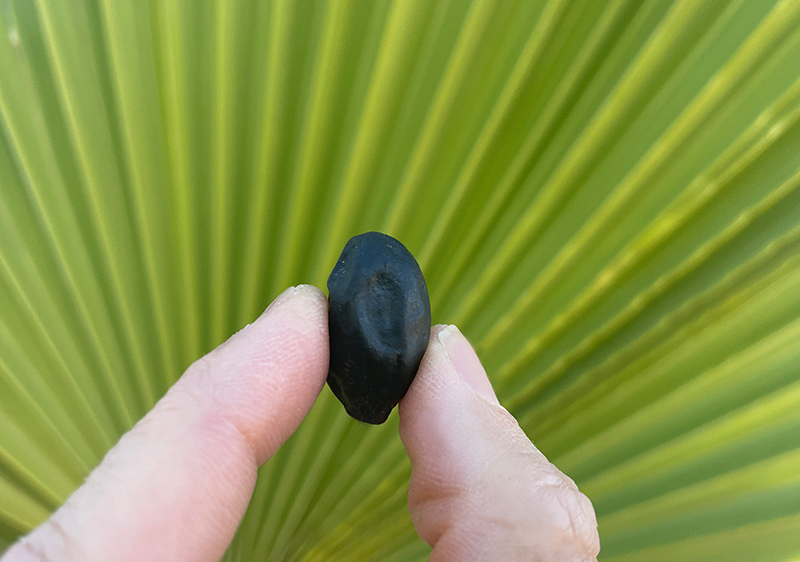
Compounds in Saw Palmetto Berry
FATTY ACIDS and PHYTOSTEROLS are considered the major components in saw palmetto extracts alleged to be a contributing factor to some of their nutritive qualities for the prostate gland.
Saw palmetto contains a uniquely high number of fatty acids for a fruit. LAURIC ACID and MYRISTIC ACID are often found in highest concentrations, then oleic, palmitic, stearic and linoleic acids.
Out of the top three phytosterols β-sitosterol, campesterol, and stigmasterol, BETA-SITOSTEROL is usually the predominant in berry extracts and herbal products.
Many scientific reports suggest that the fatty acids are what promote its most well-known influence as a "5-ALPHA REDUCTASE INHIBITOR". This is an enzyme that converts male hormones to dihydrotestosterone DHT, an androgen believed to be a mediator of prostate growth. (*)
Slowing this conversion is therefore believed to be supportive to healthy prostate functioning, especially for older or middle-aged men. Managing DHT levels is likewise associated with related conditions like androgenetic alopecia or "male pattern baldness". (*)
Saw palmetto can also sometimes be of benefit to impaired male urinary functions because of its actions as a mild DIURETIC.
The minimum standard amount of fatty acids in saw palmetto extracts, according to some scientific research, should be around 85%. Some suppliers often list the milligram proportion of fatty acids and/or percentage on product labels to ensure this commonly recommended dose level.
It is important to remember, however, that it is always best to seek the guidance of a qualified health professional before using saw palmetto if you have a prostate-related disorder.
Along with healthy diet and lifestyle practices, other foods, herbs and minerals that are known to nurture general prostate health include things like nettle root, pygeum bark, pumpkin seeds and oil, lycopene, zinc, selenium and boron.
Many dietary prostate supplements include saw palmetto as well as some of these other ingredients to provide additional nourishment.
What Does Overall Research Say?
While saw palmetto has been a focus of many clinical studies, research still remains inconsistent on its potential for prostate support.
Some reports in fact indicate that it wasn't any different than a placebo when used for prostate-related BPH symptoms, whereas more recent findings suggest an influential benefit in male patients with moderate-to-severe lower urinary tract symptoms associated with benign prostatic hyperplasia, also known as prostate enlargement.
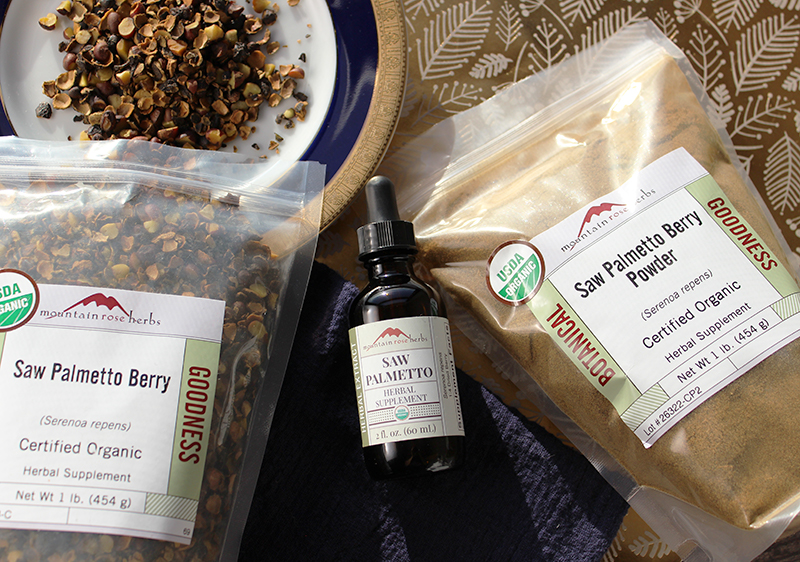
Lesser-Known Secret Uses
One of saw palmetto berry's lesser-known traditional herbal attributes is that it is helpful for respiratory congestion, a sore throat or for soothing inflamed mucous membranes associated with an irritating cough. It also has mild sedating qualities and can work as a calming nervous system tonic.
It's a good one to keep on the list when making homemade herbal cough syrups or great for use in elderberry formulas.
For odd-ball health seekers, like ourselves, you may wish to make a tea or taste it directly to get to know this special species a little bit better.
Precautions:
Seek the advice of your physician before using saw palmetto if you have a prostate condition, have a medical issue or are taking any over-the-counter or prescribed medications. Saw palmetto is not recommended when nursing or pregnant.
Shop Related Products (About Affiliates & Amazon Associate Paid Links)
Affiliate Disclaimer: This section contains affiliate product links. If you make a purchase through our recommended links, we receive a small commission at no additional cost to you. Thanks for the support.
Our YouTube Video


